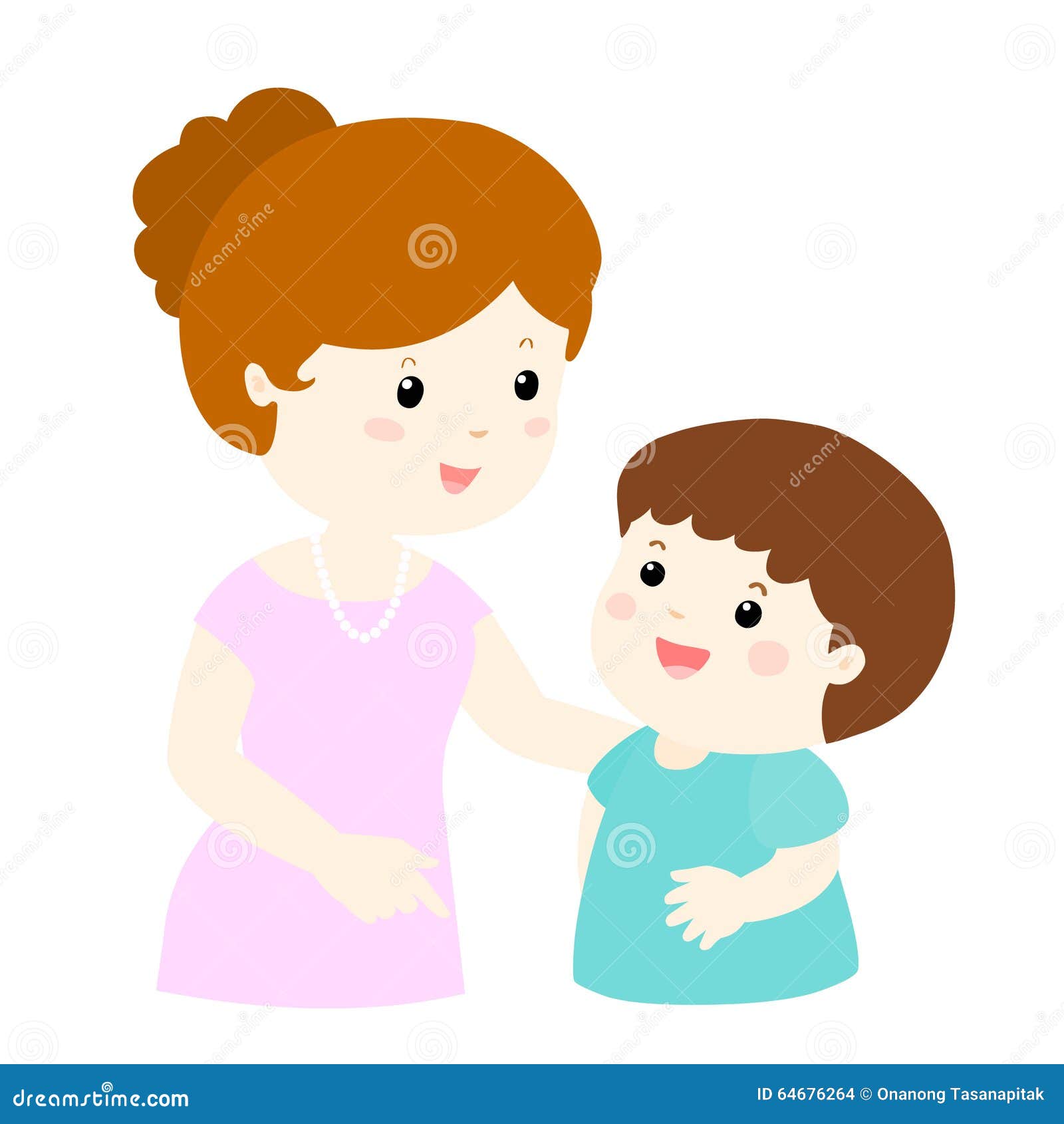

“How did you feel when you were doing that to your stuffed animals?” “You were practicing on your stuffed animals?,” I ask her. She tells me that she pretended to kill her stuffed animals. Starting at age 6, Samantha began drawing pictures of murder weapons: a knife, a bow and arrow, chemicals for poisoning, a plastic bag for suffocating. “So I made a whole entire book about how to hurt people.” “I wanted the whole world to myself,” she says.

But when we steer into uncomfortable territory-the events that led her to this juvenile-treatment facility nearly 2,000 miles from her family-Samantha hesitates and looks down at her hands. She seems poised and cheerful, a normal preteen.

She flashes a smile when I ask about her favorite subject (history), and grimaces when I ask about her least favorite (math). The girl needs supplies: new jeans, yoga pants, nail polish.Īt 11, Samantha is just over 5 feet tall and has wavy black hair and a steady gaze. Samantha’s mother is visiting from Idaho, as she does every six weeks, which means lunch off campus and an excursion to Target. We’re sitting in a conference room at the San Marcos Treatment Center, just south of Austin, Texas, a space that has witnessed countless difficult conversations between troubled children, their worried parents, and clinical therapists. This is a good day, Samantha tells me: 10 on a scale of 10. Listen to the audio version of this article:įeature stories, read aloud: download the Audm app for your iPhone.


 0 kommentar(er)
0 kommentar(er)
